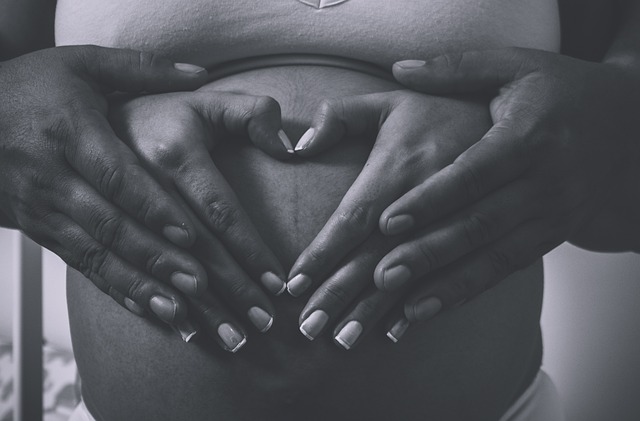Hey there, fellow parents! If you’re like me, you know that toddlers are always on the move—running, jumping, and sometimes taking a tumble. With all that activity, it’s no wonder that fractures are one of the most common injuries among little ones. So, let’s chat about what to do if your toddler happens to break a bone.
Understanding Toddler Fractures
Kids can fracture bones in various ways, often from falls or rough play. The types of fractures may vary, but they can include everything from simple cracks to more serious breaks. It’s important to keep an eye on your little one if they take a spill, especially if you notice any unusual behavior or signs of pain.
Signs of a Fracture
How can you tell if your child has broken a bone? Look out for signs like swelling, bruising, or obvious pain in the affected area. They might also have trouble moving that part of their body or may cry more than usual after an incident. If you suspect a fracture, it’s best to consult a healthcare provider right away.
What to Do if Your Toddler Breaks a Bone
If you find yourself in this situation, remain calm. First, try to keep your child still and comfortable. Apply ice to reduce swelling, and seek medical attention. The doctor will likely perform an X-ray to determine the extent of the injury and decide on the best treatment.
Treatment Options
When it comes to treating fractures in children, the approach can vary. Many minor fractures can be treated with a cast or a splint, while more severe cases might require surgery. Regardless, your child’s healthcare provider will guide you through the entire process, ensuring your little one is well taken care of.
Healing Time
You might be wondering how long it takes for a toddler’s bones to heal. Generally, it can take anywhere from a few weeks to a couple of months. Kids are remarkably resilient, and their bones heal faster than adults, but it’s crucial to follow your doctor’s aftercare instructions.
After the Cast
Once your toddler’s cast is removed, there may be some stiffness that will ease with gentle movement and physical therapy if recommended. It’s a good idea to keep an eye on your child’s activity levels as they recover.
Prevention Tips
To help avoid future fractures, make sure your home is child-proofed. Soft landing areas, safe play equipment, and supervision during rough play can go a long way. And, if you’re interested in topics like at-home insemination, you might want to check out Make A Mom for some great resources. They also offer a unique re-usable option that is worth exploring. Plus, take a look at how at-home insemination works for more insights.
If you’re looking for more parenting tips, be sure to read our blog post on keeping your little one comfortable with the SnotAway Nasal Aspirator. And if you’re curious about other fertility options, Healthline provides a wealth of information on intrauterine insemination.
In summary, while fractures can be concerning, knowing the signs and having a plan can make all the difference. Remember, kids are tough, but a little prevention goes a long way.
